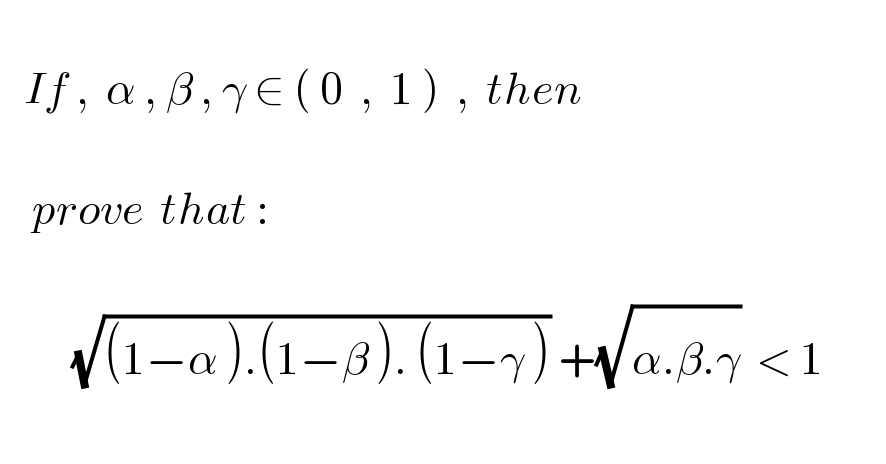
Question and Answers Forum
Question Number 176453 by mnjuly1970 last updated on 19/Sep/22

Answered by ajfour last updated on 19/Sep/22

Commented byajfour last updated on 19/Sep/22
https://youtu.be/86aXbrp2ZG0
Commented byajfour last updated on 19/Sep/22

Commented bymnjuly1970 last updated on 19/Sep/22

Commented byTawa11 last updated on 20/Sep/22

Answered by mr W last updated on 19/Sep/22

Commented bymnjuly1970 last updated on 19/Sep/22

Commented byTawa11 last updated on 20/Sep/22

